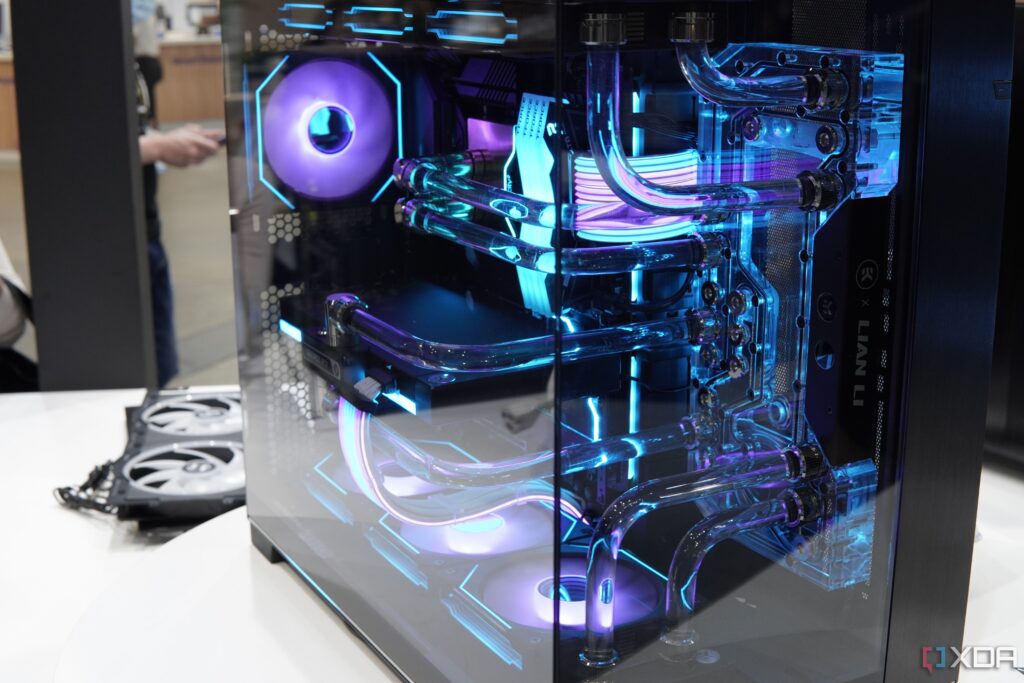
URGENT UPDATE: PC case design has reached a critical standstill, leaving consumers frustrated and yearning for innovation. As of today, the market is flooded with similar designs, predominantly tempered glass rectangles and high-airflow mesh boxes. This stagnation raises questions about whether manufacturers are hesitant to break the mold or if they believe they have perfected the design.
The current landscape is marked by a lack of diversity in aesthetics. Official reports indicate that the 1995 Advanced Technology eXtended (ATX) specification has restricted creativity, constraining cases to a standardized rectangular form. With over 90% of available cases fitting a high-airflow or glass display template, buyers are feeling the monotony.
The surge in power density from modern CPUs and GPUs has necessitated enhanced airflow, making mesh panels a requirement. However, this shift has also meant that aesthetics have taken a backseat. Consumers are now faced with the dilemma of choosing between performance-oriented designs and visually stunning cases adorned with RGB lighting.
Inside the cases, significant enhancements have emerged. The move of the Power Supply Unit (PSU) from the top to the bottom has improved stability and aesthetics, making builds cleaner and more user-friendly. Features like PSU shrouds have become mainstream, effectively hiding cables and enhancing the overall look of builds.
Despite these advancements, the industry is stuck in a rut. While brands like Cougar and LianLi experiment with unique layouts, the majority of manufacturers prioritize standardization over creativity. This has led to a lack of groundbreaking designs, leaving tech enthusiasts craving more.
The recent rise of 3D printing technology hinted at a potential resurgence in innovative case designs, but the impact has been minimal. Few well-engineered 3D-printable cases have made it to market, as manufacturers continue to favor mass production methods that adhere to existing standards.
As consumers express their frustration, the demand for change grows louder. Many are settling for the status quo, appreciating the structural integrity and ease of use of modern cases, yet wishing for bolder designs that reflect their personal style.
What lies ahead for PC case design? Experts suggest that until the motherboard design evolves away from the standard rectangular form, consumers may have to remain patient. Meanwhile, niche creators and custom builders are stepping in to fill the gap, providing unique options that mainstream manufacturers have neglected.
With the current landscape in flux, consumers are urged to voice their preferences and support innovative designs. The future of PC cases hangs in the balance, and it is up to the community to demand the change they wish to see.
Stay tuned for updates as the situation develops, and share your thoughts on social media to join the conversation about the future of PC case design.





